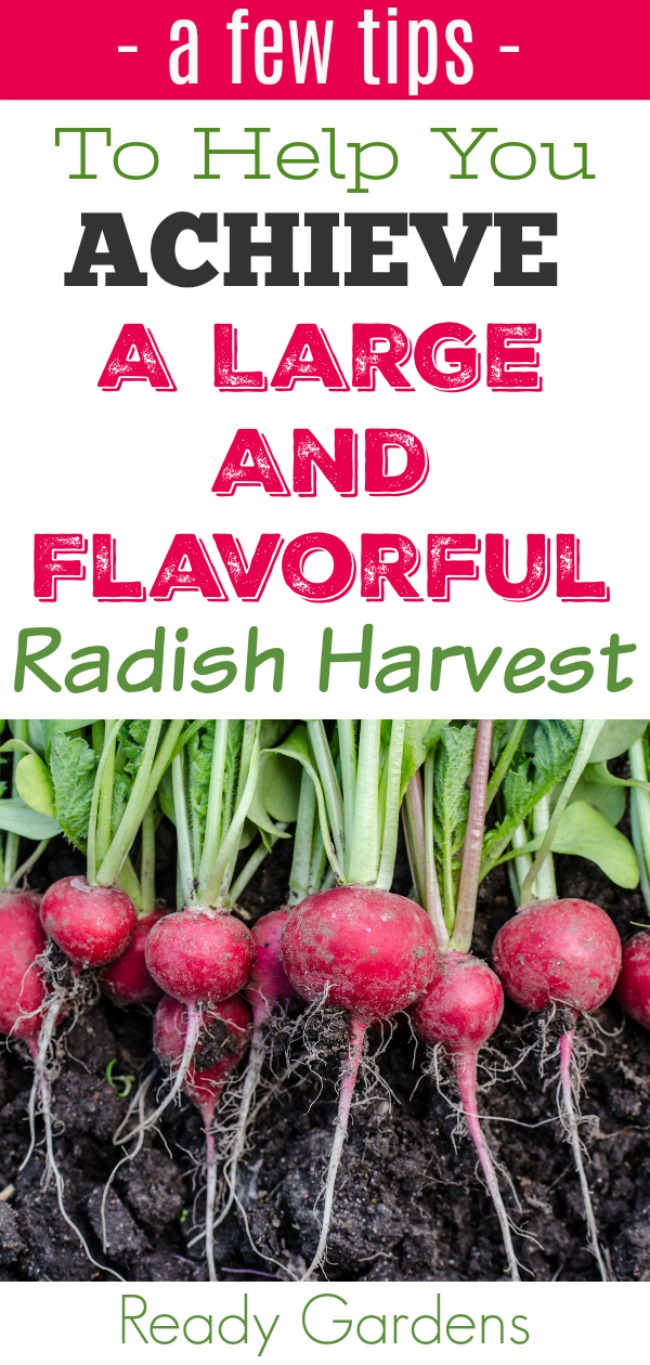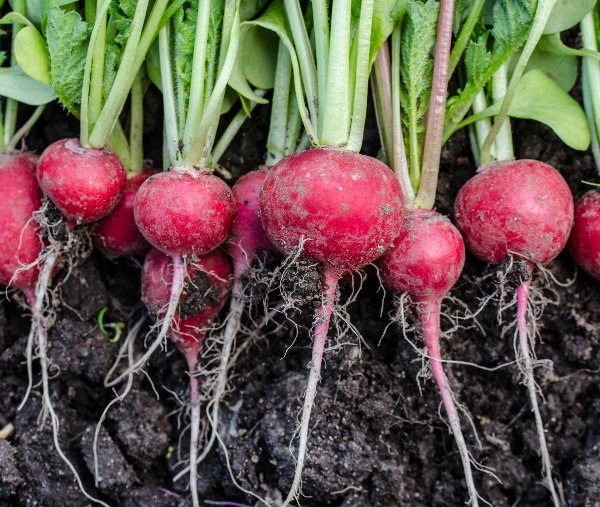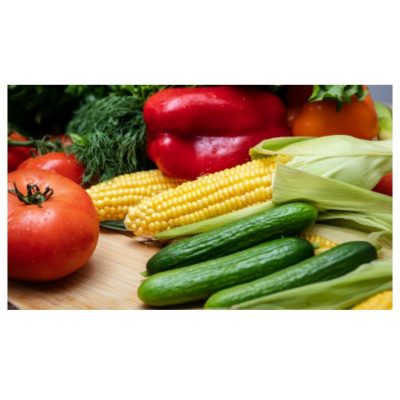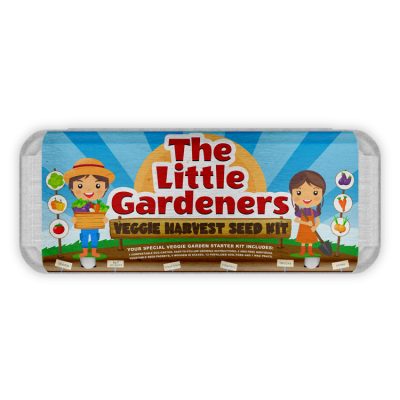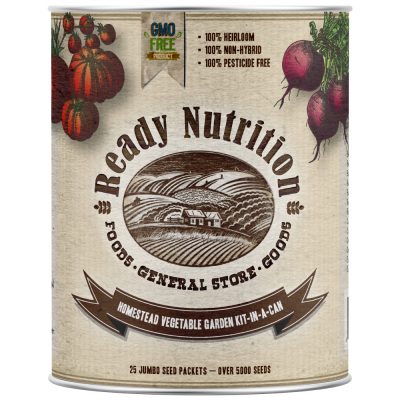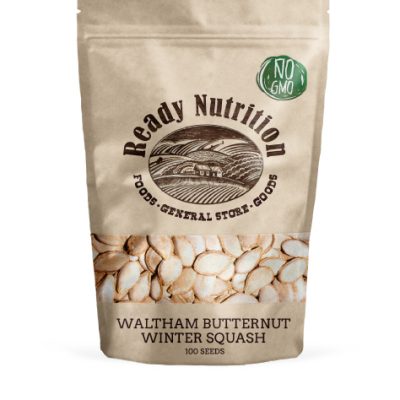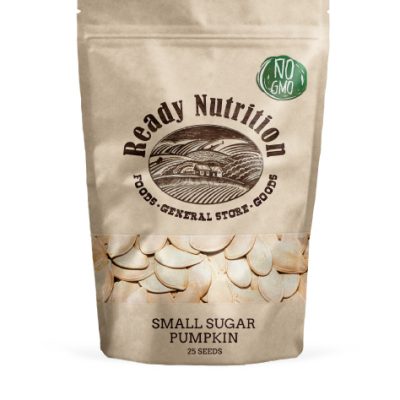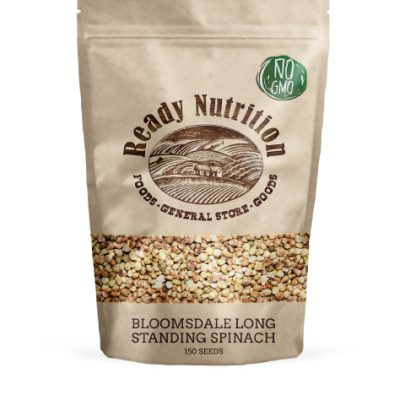Even thought radishes are not universally liked by everyone, they do come with some really impressive health benefits. The added benefit to the gardener is that radishes are pretty easy to grow because their seeds will germinate quickly. It won’t take long at all to have a wonderful and flavorful crop of radishes for those salads that need a little extra “pep.”
Radish actually helps to cleanse our liver and stomach, thus detoxifying the digestive system. Black radish and its leaves have been used for the longest time to treat jaundice because it can get rid of excess bilirubin. Because of those properties, radishes help to purify the blood and keep the hypothyroidism in check thanks to the high sulfur content. Radishes will also help boost the immune system in those cooler months. Given that the radish has a very high vitamin C content, it can protect you from common cold and cough. It also controls the development of harmful free radicals, inflammation and early aging.
Did you know radishes are so easy and quick to grow that even children can do it? That’s why school gardens and community gardens often have a large crop of the root vegetable! In fact, don’t be afraid of older seeds! Seeds up to five years old should grow, and even though not all will sprout, you’ll still end up with a decent crop.
PLANTING
Since radishes are a hearty cool-season crop, plan to plant them in the spring and fall when it isn’t extremely hot. Some say the rule of thumb is: the hotter the soil, the hotter the radish. However, you should suspend growing in the hot months, even if you are looking for a spicier radish just because they don’t grow as well.
- Radishes prefer sandy loam with a pH of 6.6–7.0. If the pH falls below 6.5, lime should be added.
- Plant your radish seeds 4-6 weeks before the average date of the last frost and after aged manure or organic fertilizer has been worked into the soil.
- Directly sow seeds ½ inch to an inch deep and one inch apart in rows 12 inches apart.
- After they have sprouted, you should thin them to about 2-inches apart. Crowded radish plants will not grow well. The thinnings are edible, and some prefer to add them to their salads!
- Radishes require a lot of sun and care should be taken to keep them out of the shade of other vegetable or plants.
Here’s an idea: Plan on a fall planting of radishes! You can plant radishes later than any other root crop (in late summer or early fall) and still get a harvest.
- Radishes require well-drained soil with consistent moisture. Keep the soil evenly moist but not waterlogged.
TROUBLESHOOTING
Radishes don’t really have many problems, but they will sometime be susceptible to a few pests. The cabbage root maggot is much more prominent in radish crops in the Northern zones of the United States. These pests are difficult to control because they hatch and feed underneath the soil, so you may only know they are there when you notice stunted growth or wilting foliage. Cabbage root maggots are white, legless, and about ⅓ inch long. As with most maggots, they clump in groups and will feed voraciously on root systems of cole crops. You will notice wilting leaves, and sometimes a hint of blue cast or yellow in the foliage. To rid your radishes of the cabbage root maggot, you’ll need to comb the soil with your hands and destroy any eggs found. You can also try installing “cabbage collars” at the base of the stem. These can be made from cardboard and will simply be a skirt around the base of the plant. It protects the plants from egg laying. Sticky traps in the garden are effective at trapping cabbage flies too.
Another potential problem with radishes is clubroot. Since the radish is a root vegetable, this can be a big deal. Clubroot is a serious plant disease in North American home gardens. It is caused by the soil-borne fungus Plasmodiophora brassicae which infects susceptible plants through root hairs. Diseased roots become swollen, misshapen and deformed (clubbed) often cracking and rotting. Fungicides will not treat this soil-dwelling micro-organism, unfortunately. Try to choose resistant cultivars when possible and attempt to prevent the occurrence of this fungal disease by keeping a clean garden and rotating crops. Clubroot disease spores can linger in the soil for up to 20 years. If clubroot is present you may want to solarize the soil.
HARVEST/STORAGE
- Radishes will be ready to harvest quickly! Some will be ready as soon as three weeks after planting!
- Do not leave in the ground long after their mature stage; their condition will deteriorate quickly.
- Cut the tops off short, wash the radishes, and dry them thoroughly. Store in plastic bags in the refrigerator.
- Radish greens can be stored separately for up to three days.
Since radishes are so quick and easy to grow, why not try a few as fall approaches? Growing radishes is a great opportunity to teach children how to garden as well, and they won’t have to wait long to see the results! And, who wouldn’t want some added zest to a salad or meal that the radish can provide?
